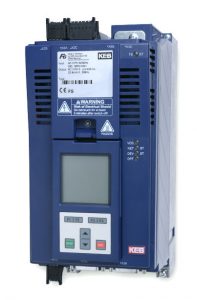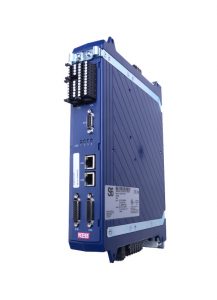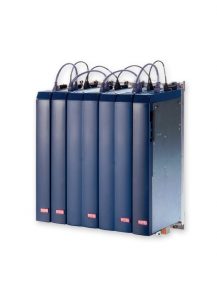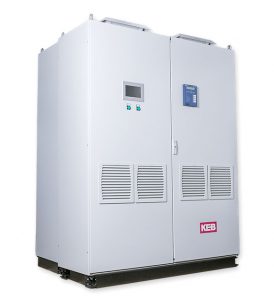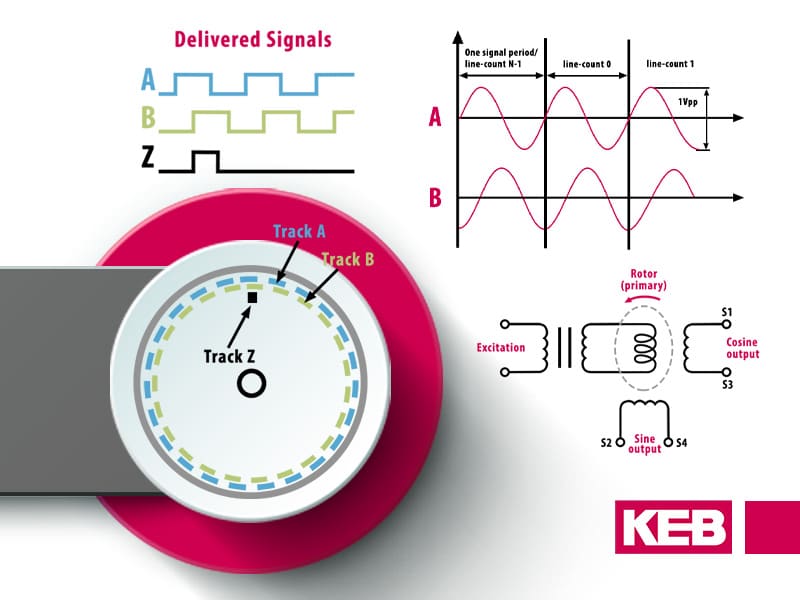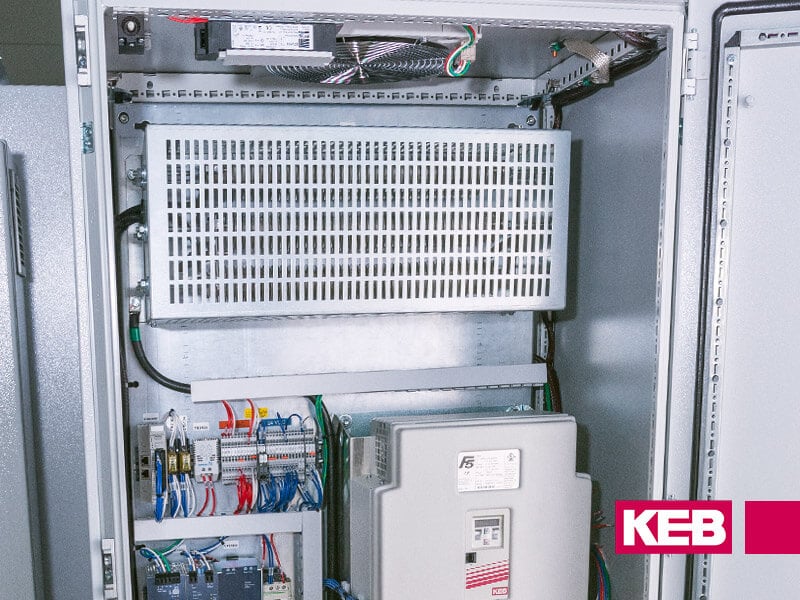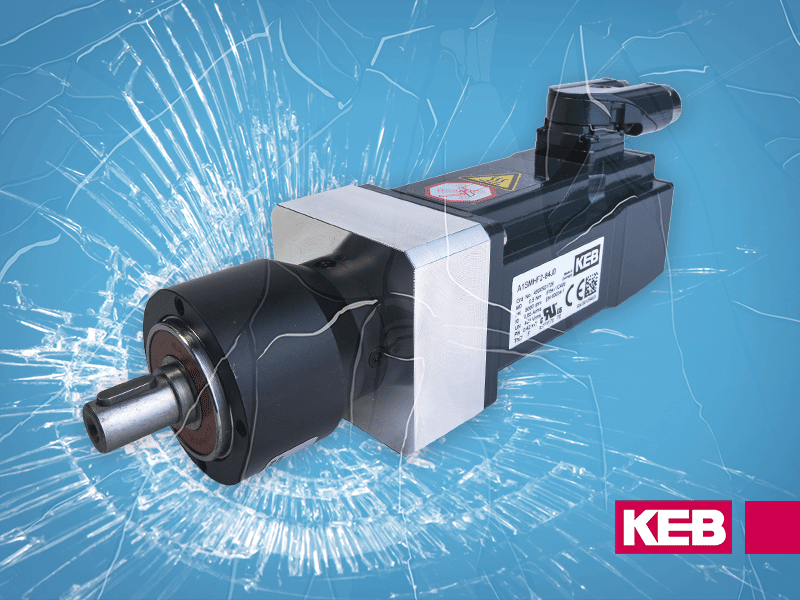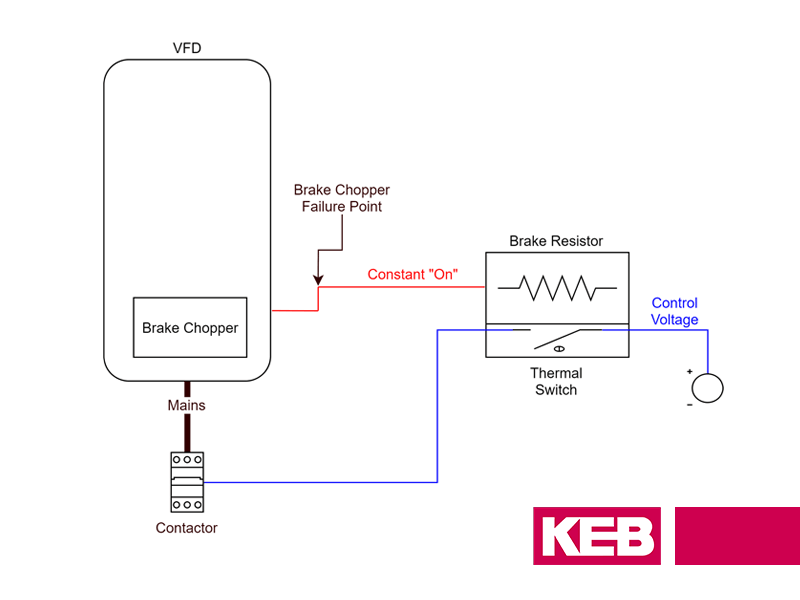In February 2020, UL (Underwriters Laboratories) implemented a new safety standard for Adjustable Speed Electrical Power Drive Systems. The former standard, UL 508C, was replaced by UL 61800-5-1, affecting VFD end-users, manufacturers, and OEMs worldwide.
Let’s explore the reasons behind this important change and its potential implications for variable frequency drive (VFD) users.
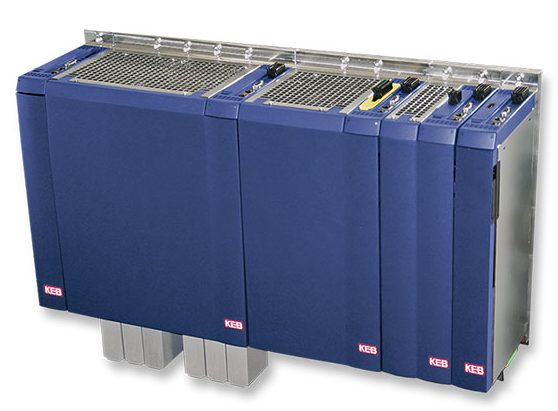
Why Was UL 508C Withdrawn?
Adjustable speed motor drives—or VFDs—are valuable because they offer high reliability and efficiency for machine builders. By only using the energy required for an application, these drives limit excess energy use and overall consumption. Global demand for variable frequency drives continues to rise, causing the industry to reassess how they’re certified and brought to market.
One of the challenges with this motor drive technology is that it’s held to different standards based on geographic location. Before its withdrawal and replacement, we used UL 508C to certify VFDs in the United States—while Europe employed IEC/EN standards. These differences increased the time and effort required for drives to be tested, approved, and ultimately distributed across the global market.
That brings us to the real purpose behind UL 61800-5-1: to combine these differing regional requirements into a single comprehensive investigation.
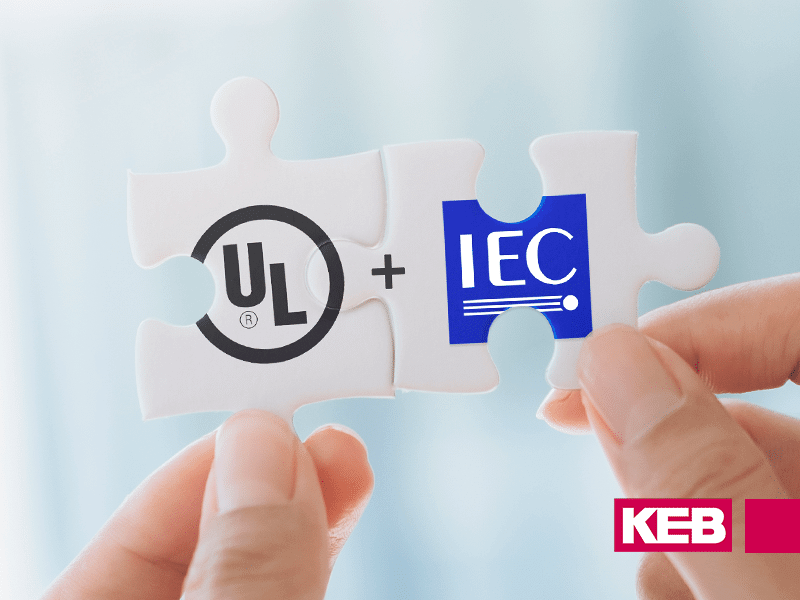
UL 61800-5-1 is a standard based on existing IEC requirements that also accommodate U.S. installation requirements, such as NFPA 70. Think of it as a way to remove as many national differences in how motor drives are tested and certified. Since its implementation in early 2020, UL 61800-5-1 has majorly impacted the industry and is set to affect even more change in the coming years.
Key Differences Between UL 508C & UL 61800-5-1
UL 61800-5-1 introduced many changes compared to its predecessor, with most focused on improving drive safety and dependability:
VFD Performance & Construction Requirements
The new safety standard adds many new construction and performance requirements for VFDs, including short-circuit tests, which are now mandatory for all power outputs instead of just motor outputs. Breakdown of component tests have been expanded to define the required available current from the source when completing the test. This ensures that the test is conducted at standard and high fault current if the latter rating is required, reducing the threat of electrical shocks, fires, or operator injuries if a given component fails.
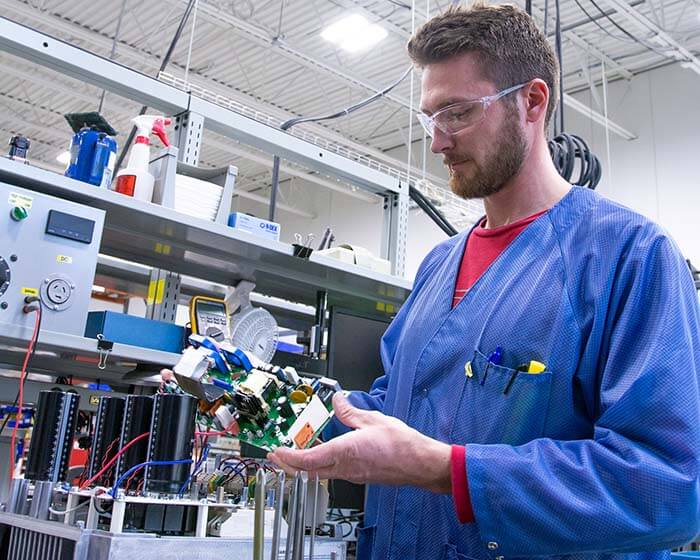
Protective bonding is another essential difference between the two safety standards. The new UL standard requires drive manufacturers to pass current through the VFD’s protective bonding path and measure the voltage resistance, then calculate the resistance of said path, with a passing requirement of under .02 ohm.
Other noteworthy differences include new clearance and creepage requirements for VFDs. This includes expanded insulation requirements (functional, basic, double/reinforced). Unlike UL 508C, the new standard does not allow drive manufacturers to complete an impulse voltage test instead of matching clearance requirements.
UL is also introducing future revisions to UL 61800-5-1, effective in November 2022. These changes may demand significant reworking of existing drive designs, but will further improve safety and simplify drive certifications over time.
Implications for VFD Users
Here are a few implications and essential reminders for VFD users to help navigate the current transition:
UL 61800-5-1-certified VFDs are safer and offer better performance.
The new VFD safety standards are more robust and thorough than the old UL 508C. This means that UL 61800-5-1-certified drives offer superior construction, design, safety, and overall performance. Implementing VFDs that pass this new certification is the best way to enhance machine reliability and protect personnel and property.
Adjusting requirements and bid specifications.
Because UL 61800-5-1-certified drives offer so many advantages, many drive users are mandating this technology by tweaking their bid specifications. This shift affects every player in the industrial ecosystem, including OEMs, drive manufacturers, and system builders.
Process changes with AHJ and electrical inspectors.
Inspectors across industrial applications are increasingly asking for UL 61800-5-1-certified drives to be installed in any machines or equipment present at end-user locations. This makes sense because all parties are aligned with the same goal to support operator safety and drive performance.
If you are a drive end-user, it’s wise to leverage the latest VFD technology across your equipment and industrial applications. UL 61800-5-1 certification will help you select the safest, most flexible low-voltage drives, whether you operate industrial control panels, HVAC equipment, or anything between.
KEB: Your Partner for VFD Innovation
As a leader in automation and control, KEB offers a selection of innovative VFD solutions, which incorporate the latest drive technology and safety standards. For example, the COMBIVERT F6 VFD is a highly flexible unit with a range of functional safety, heatsink, communication, and control card options. Together, we’ll find the ideal technology solution for your unique industrial application.
Contact us today if you have any questions about the industry’s transition to UL 61800-5-1 and how it stands to impact your operations.
Let's Work Together
Connect with us today to learn more about our industrial automation solutions—and how to commission them for your application.
